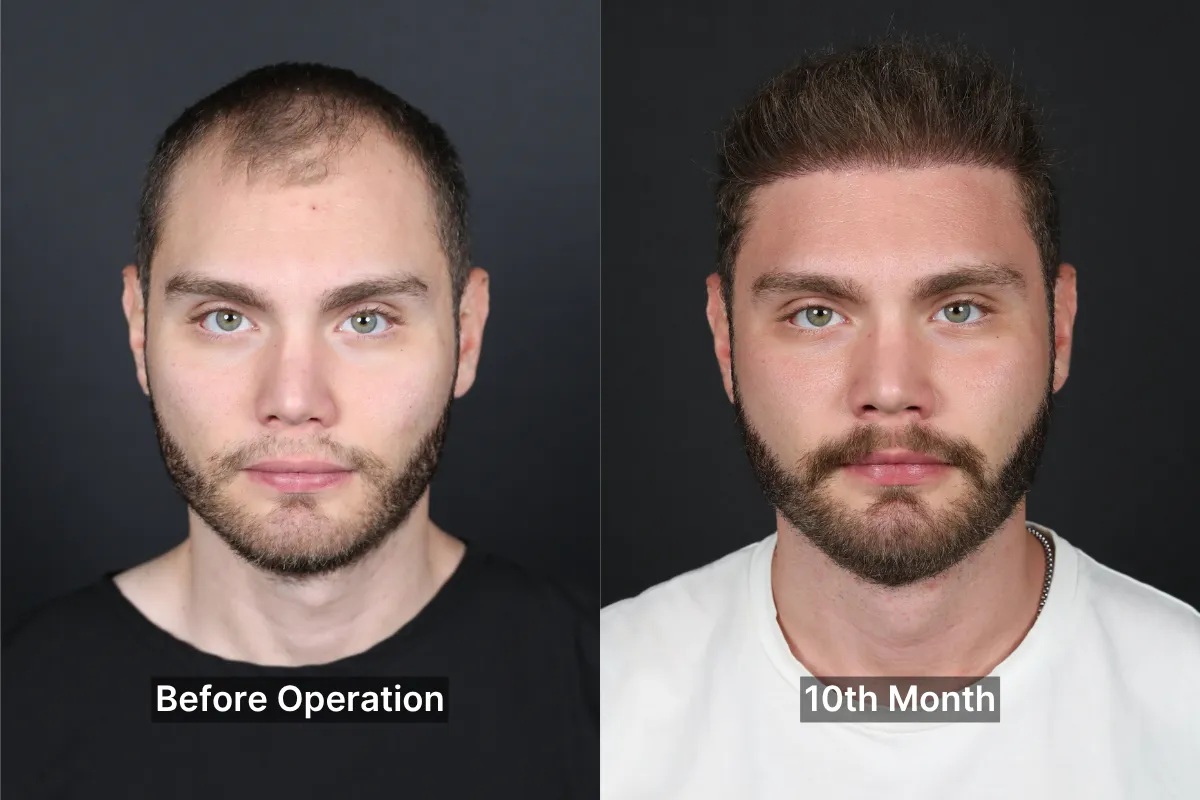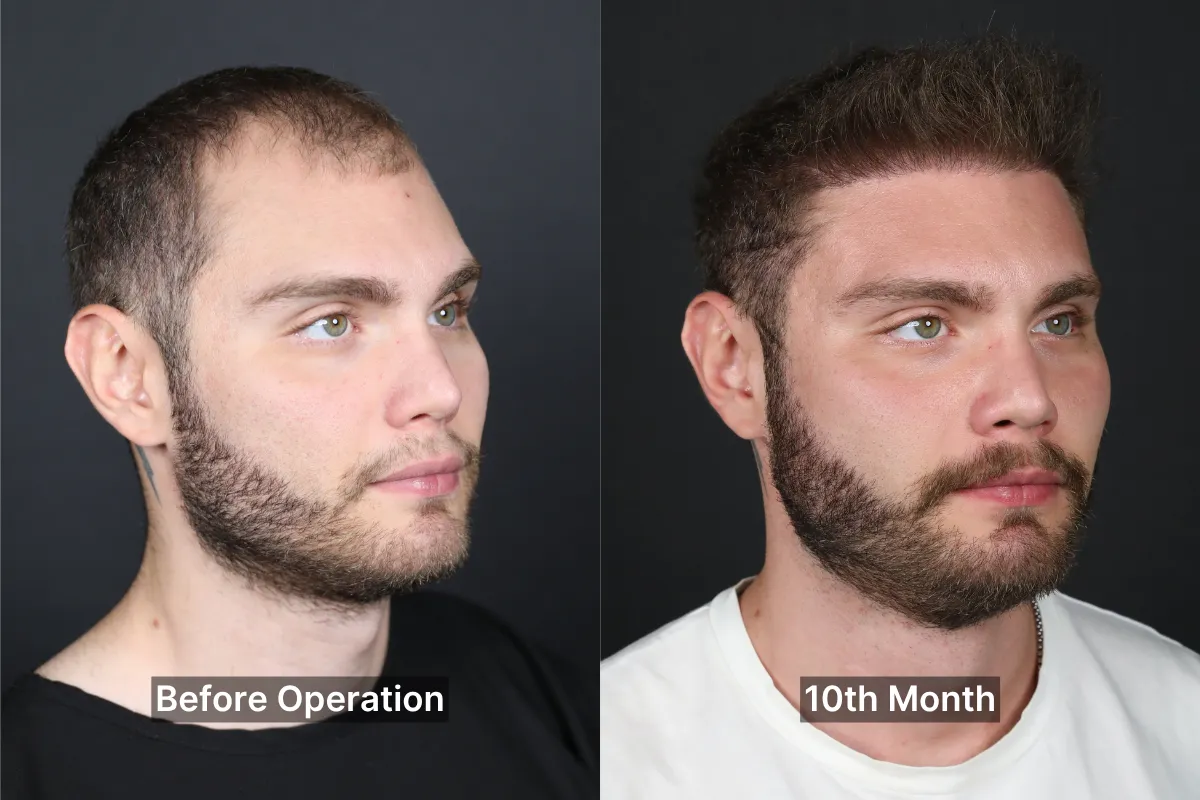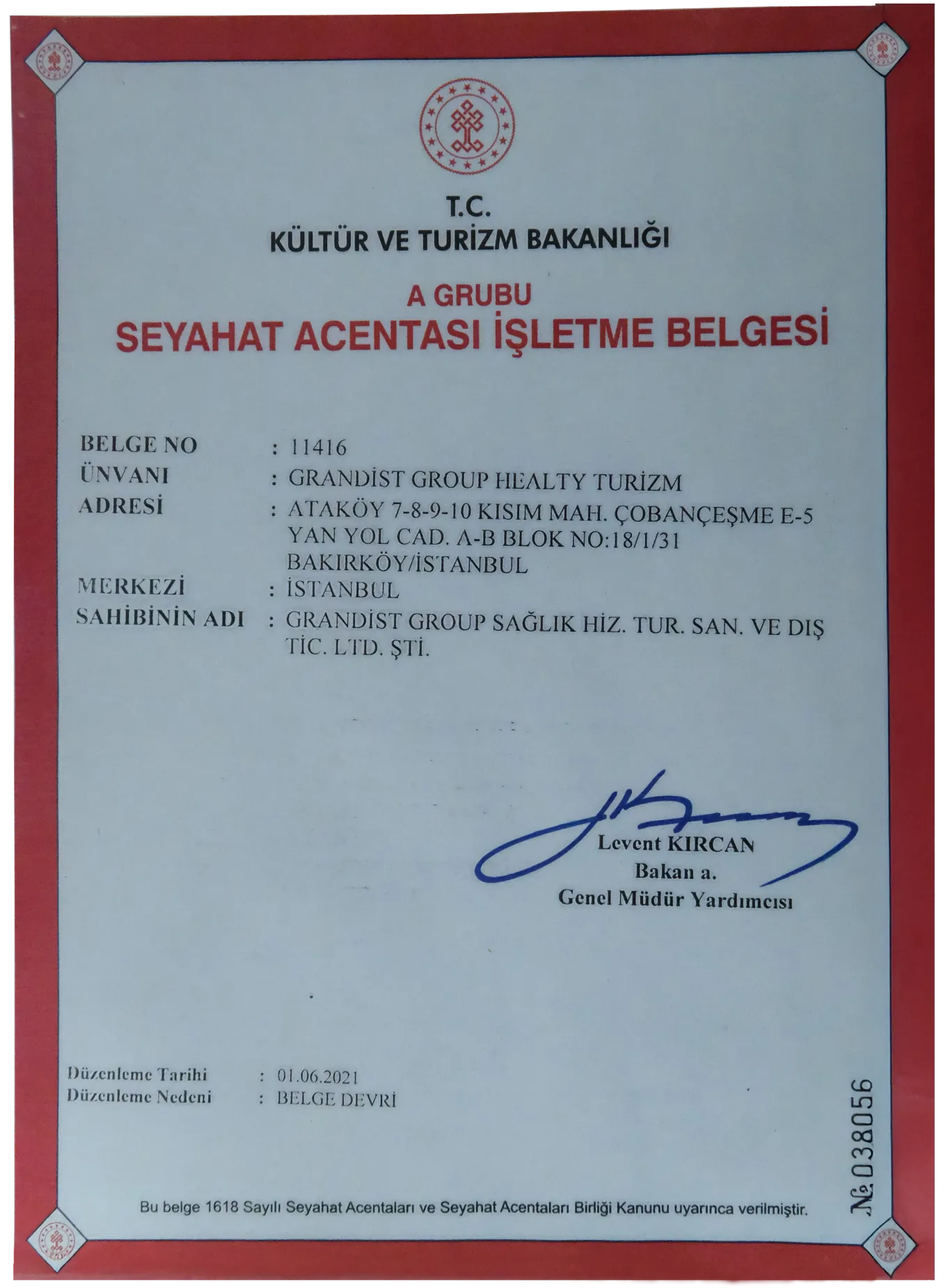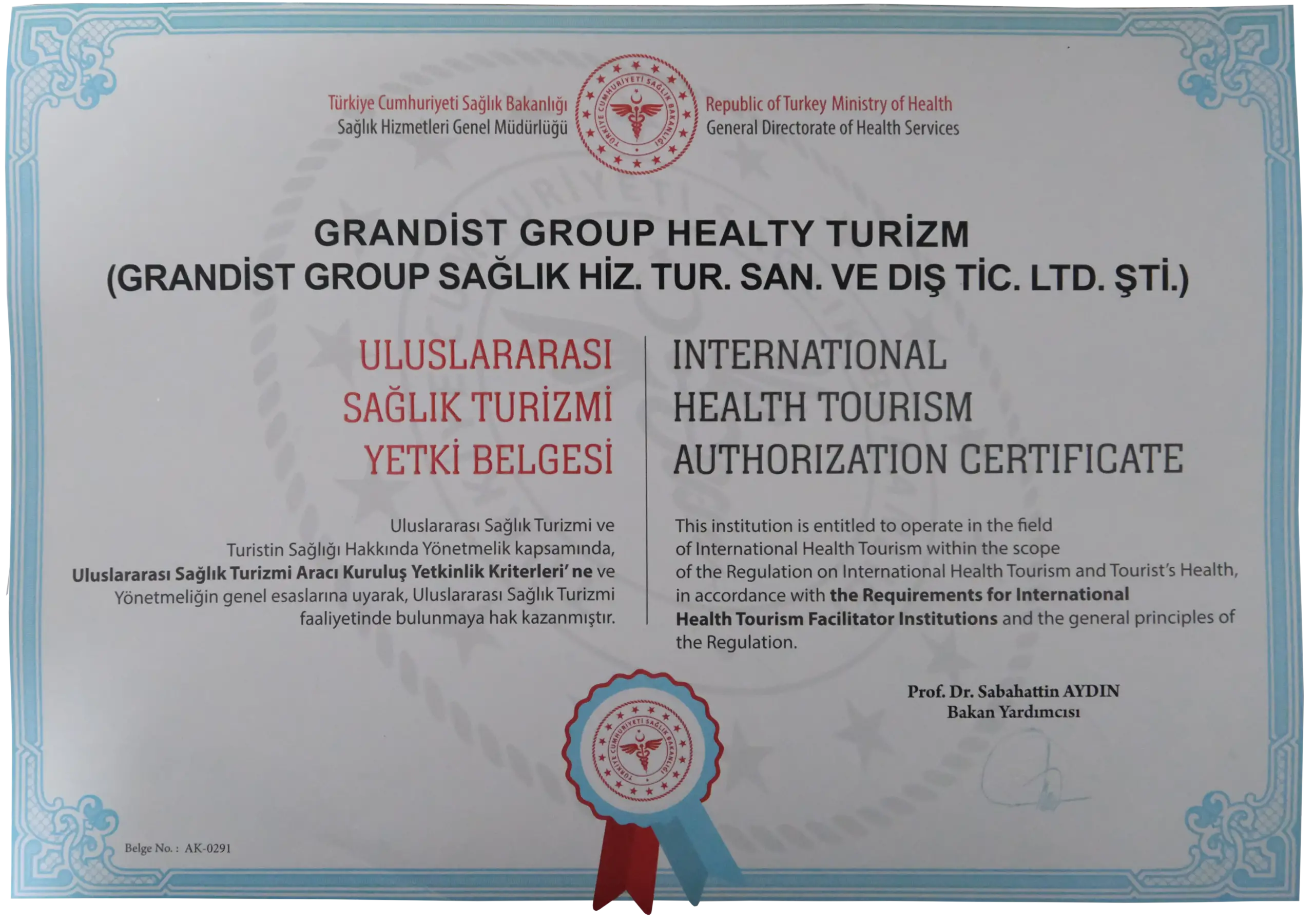Operation Night
Sleeping position: You should lie down with your head straight, supported by a neck pillow as described.
Touching and bumping: During the first three days, any touching or bumping of the transplanted area will damage the roots and prevent them from growing. Therefore, care must be taken from the first day onwards.
Cigarettes, coffee, and alcohol: Using these during the first three days will mess with your blood flow and make swelling worse. So, you can't use them starting from day one.
Sexual intercourse and masturbation: Not recommended during the first 10 days.
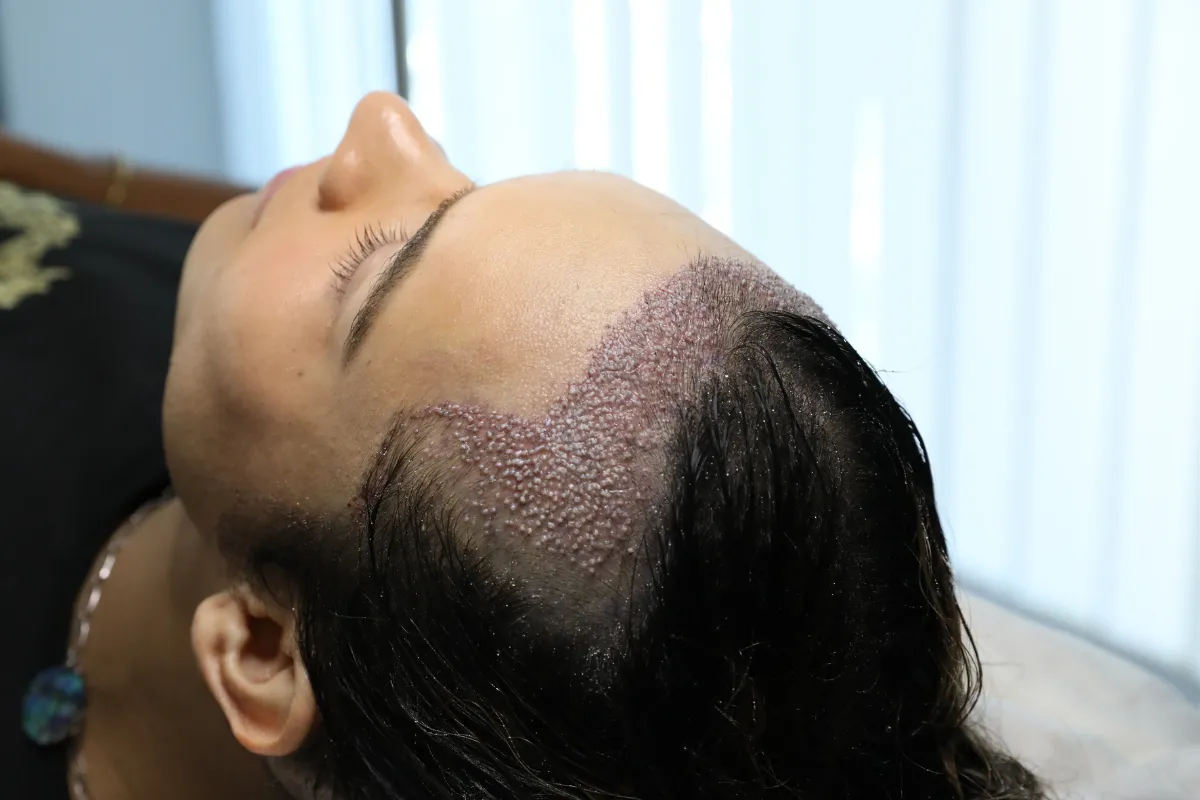

After Cleaning
Cleaning: On the first day after surgery, the bandages applied for dressing are removed and antibiotic cream is applied to prevent infection.
Medication use:Antibiotics, painkillers, and anti-inflammatory drugs should be taken regularly for the first 3 days as prescribed by your doctor.
Sweating: During the first 3 days, care should be taken to avoid prolonged exposure to the sun or sweating as much as possible.
Cold & Heat: During the first 3 days, the transplant and donor areas must be protected from cold and heat.
Shower: On the first day after the operation, you can shower using lukewarm water, except for the head area.
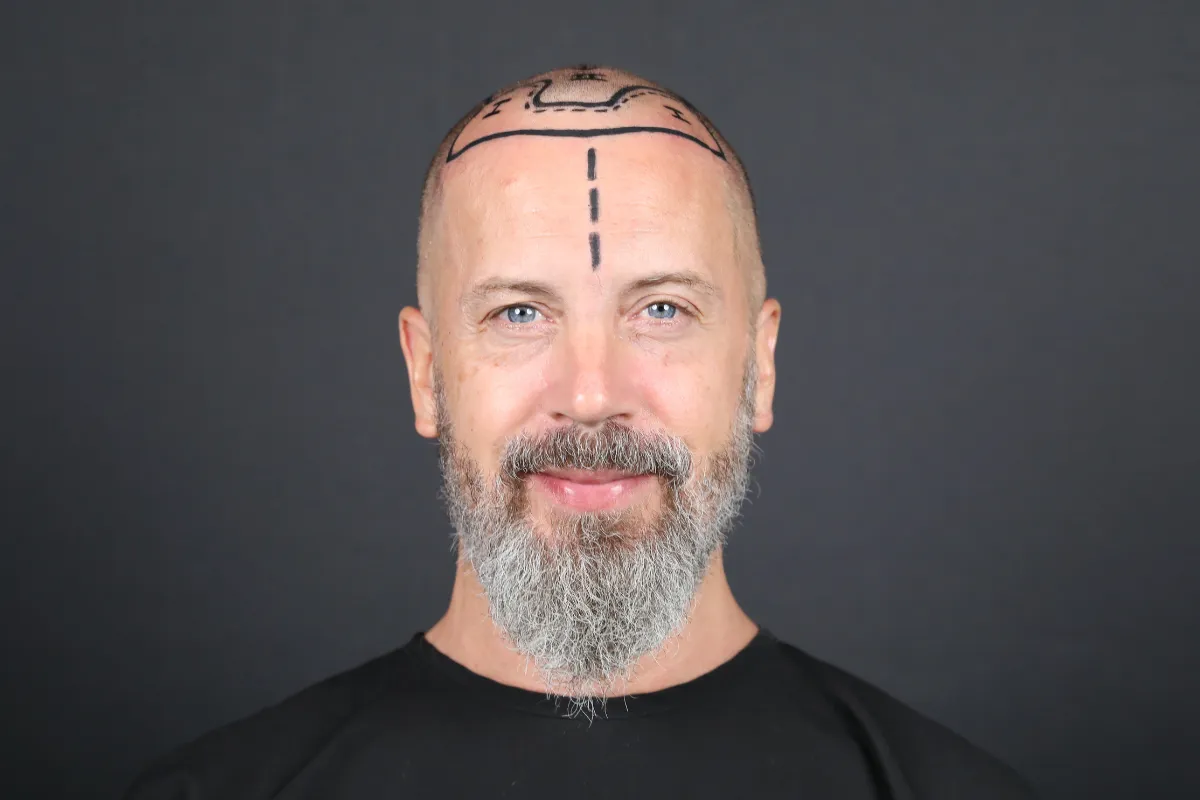
After the First Wash
First wash: This should be done by specialists at the clinic. You can continue with the same wash once a day for a total of 10 days, as shown to you.
Water Temperature: Washing is performed with lukewarm water at low pressure.
Drying Process: Softer towels or paper towels should be preferred in the genital area. The drying process should be completed with dabbing motions.
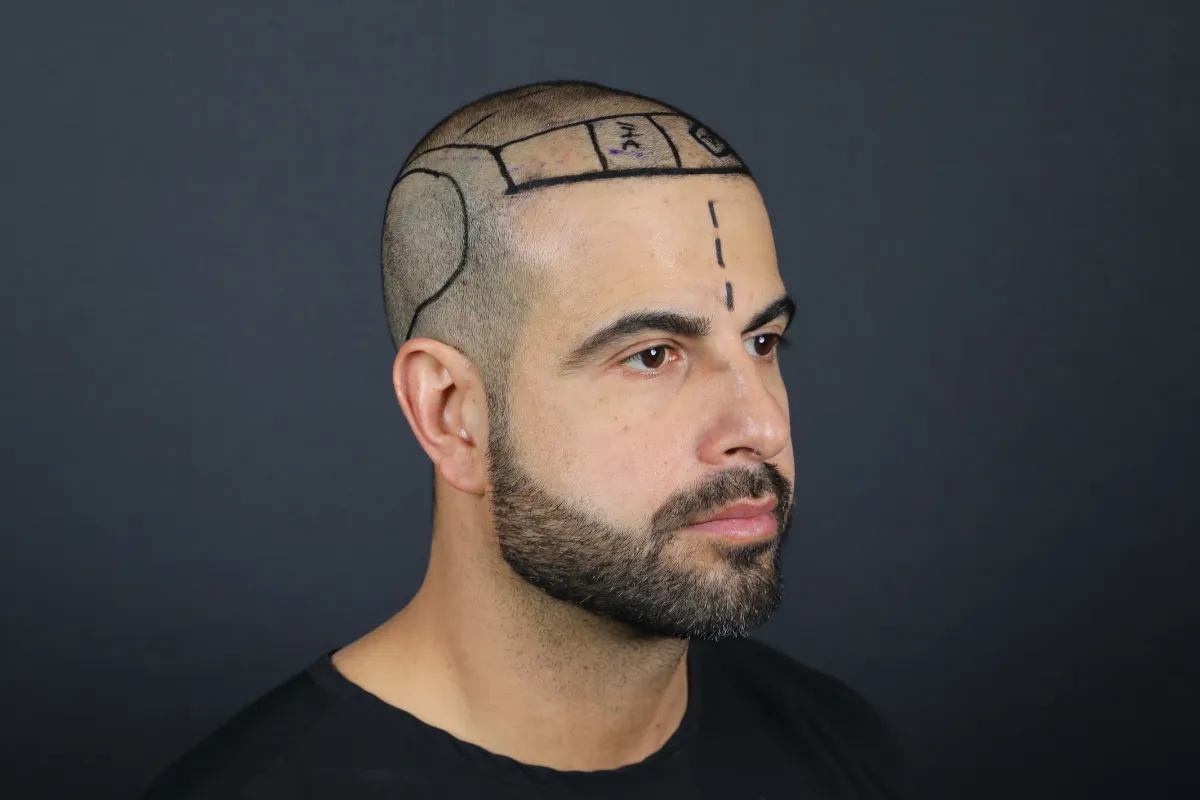
Day 10 – Shelling/Final Washing
You must perform the shell removal process as shown. You must remove the shells using circular movements.
Sleep & Shower: After shedding, you can sleep comfortably and start showering normally.
Massage: You should start massaging both the donor and recipient areas. The massage movements you perform will accelerate blood circulation and have a positive effect on healing.
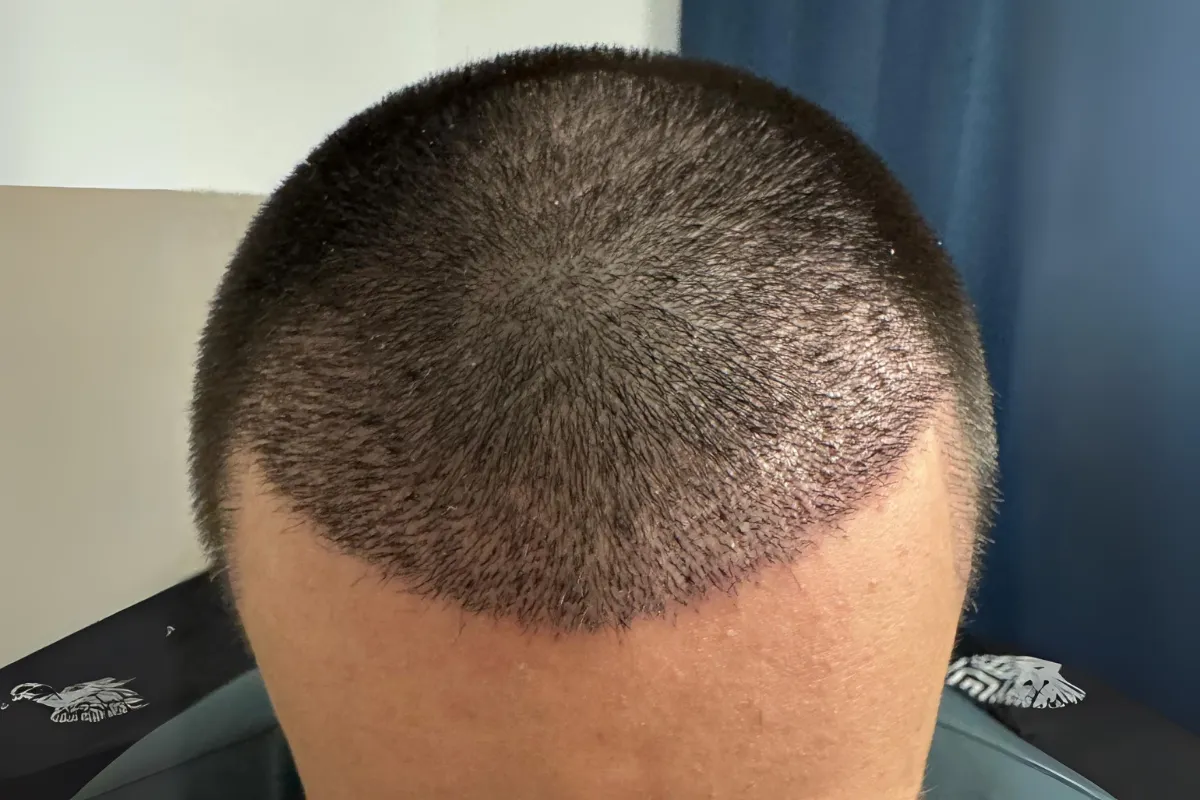
2 Weeks Later – Things to Be Careful About
Exercise: Two weeks after the operation, you can start doing simple exercises (cardio, running, etc.).
Hats & Beanies: You can start wearing hats and beanies, but it is recommended that you wear them for long periods of time.
Itching: Itching, dryness, and soreness in the donor area are normal during the healing process and may last up to one month. Moisturizing creams or natural oils are recommended to reduce itching and dryness.
Post-operative Supportive Treatments
PRP & Mesotherapy: Starting one month after the operation, PRP (Plasma Therapy) or Mesotherapy treatments are recommended. It is important to undergo 4-6 sessions once a month.
Vitamins: Vitamins that accelerate post-operative recovery (biotin, zinc, selenium, etc.) will be beneficial.
Use of Natural Oils: Three days after the operation, natural oils (argan, rosemary, etc.) or moisturizing creams can be used on the donor area, and two weeks later on the transplant area, to reduce dryness and itching. This will help the scalp to heal.
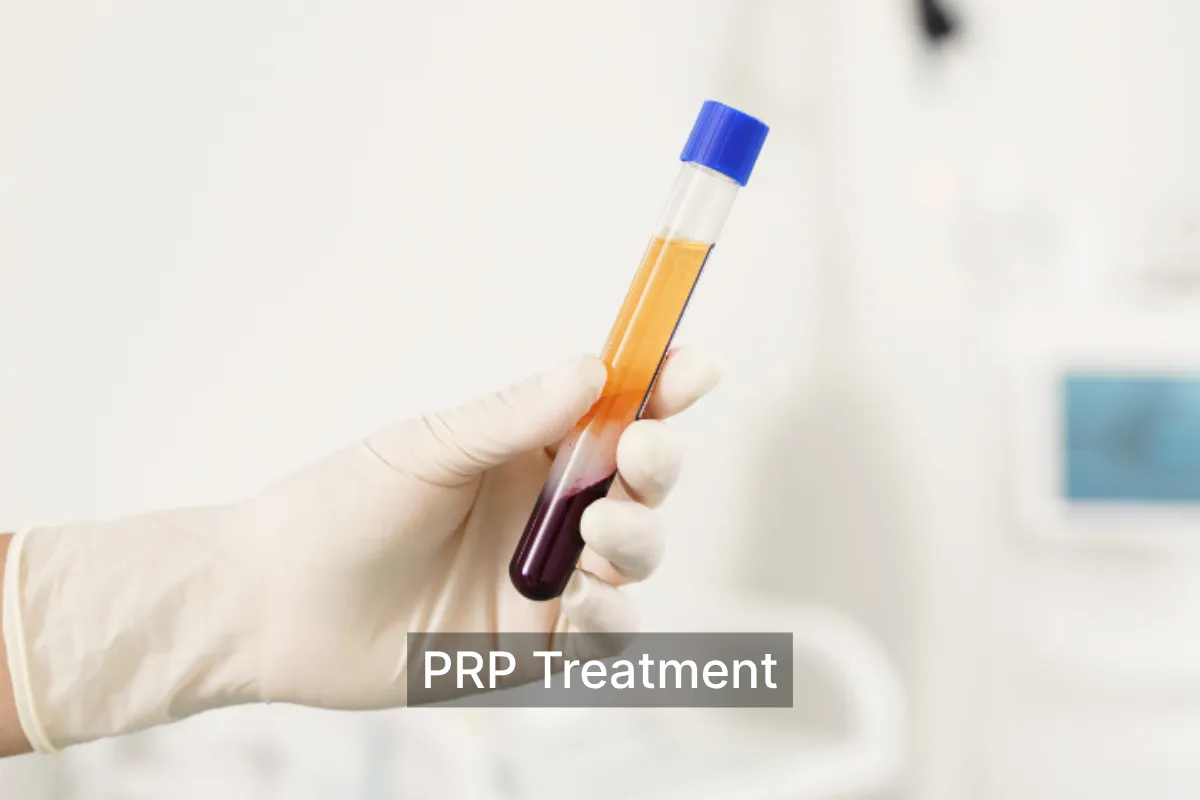
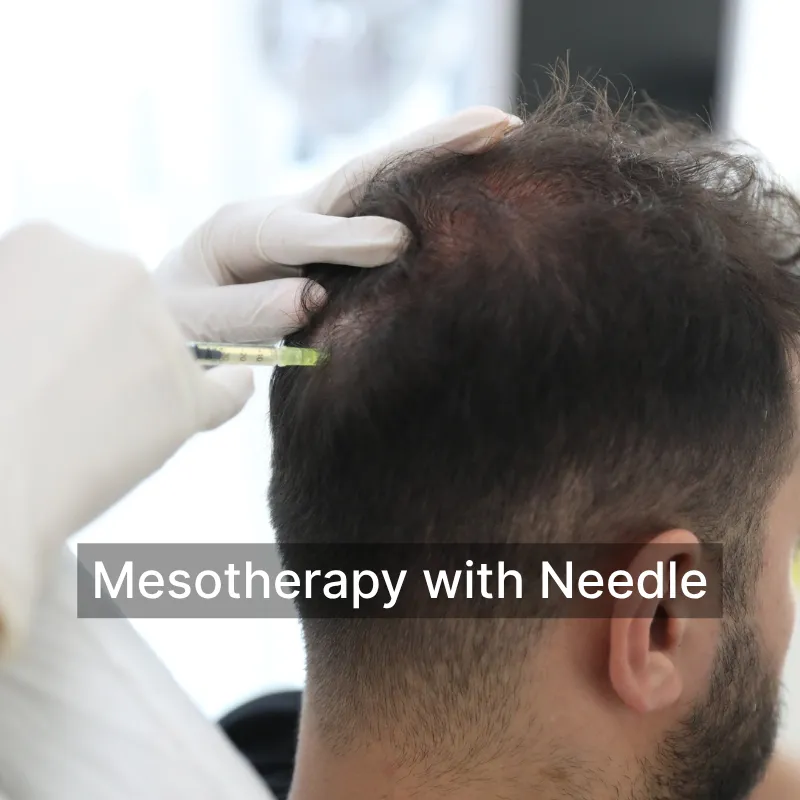
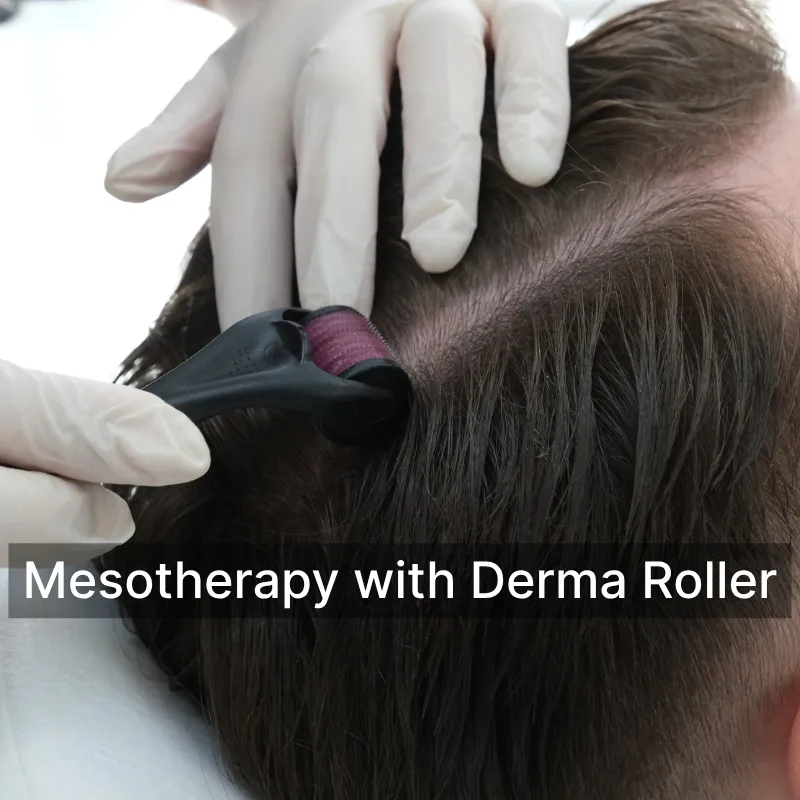
1st and 2nd Months After Surgery – Shock Loss and Hair Growth Begins
Shock Loss: After the scalp peels, the newly grown hair begins to fall out, continuing until the second month. During this process, there will be a period of increased hair loss known as shock loss. This hair loss should be considered normal and monitored patiently.
Redness and Scaling: Redness and scaling are normal during the first 2-3 months after surgery. Redness will decrease as hair begins to grow. Scaling should not be allowed, and regular cleaning of the scalp is recommended.
Shaving & Haircut: One month after the operation, the back and sides of the head can be shaved with a razor, but only scissors should be used on the transplanted areas for six months.
Sports & Swimming: One month after the operation, you can start strenuous sports activities; weight lifting and excessive sweating do not cause any problems. One month after the operation, saunas, spas, and swimming (in a pool or the sea) are completely permitted.
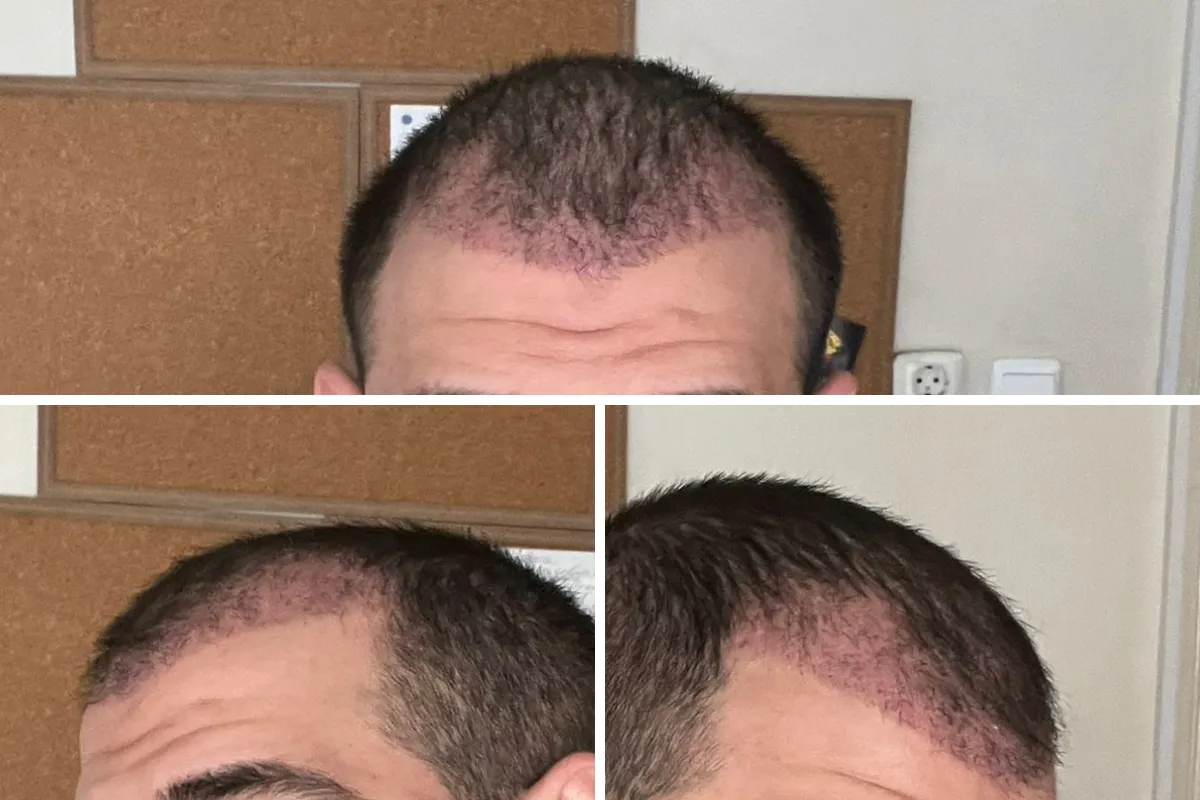
Second Month and Beyond: Hair Begins to Grow
New hair begins to grow slowly from the second month onwards, with hair growth increasing in the third and fourth months.
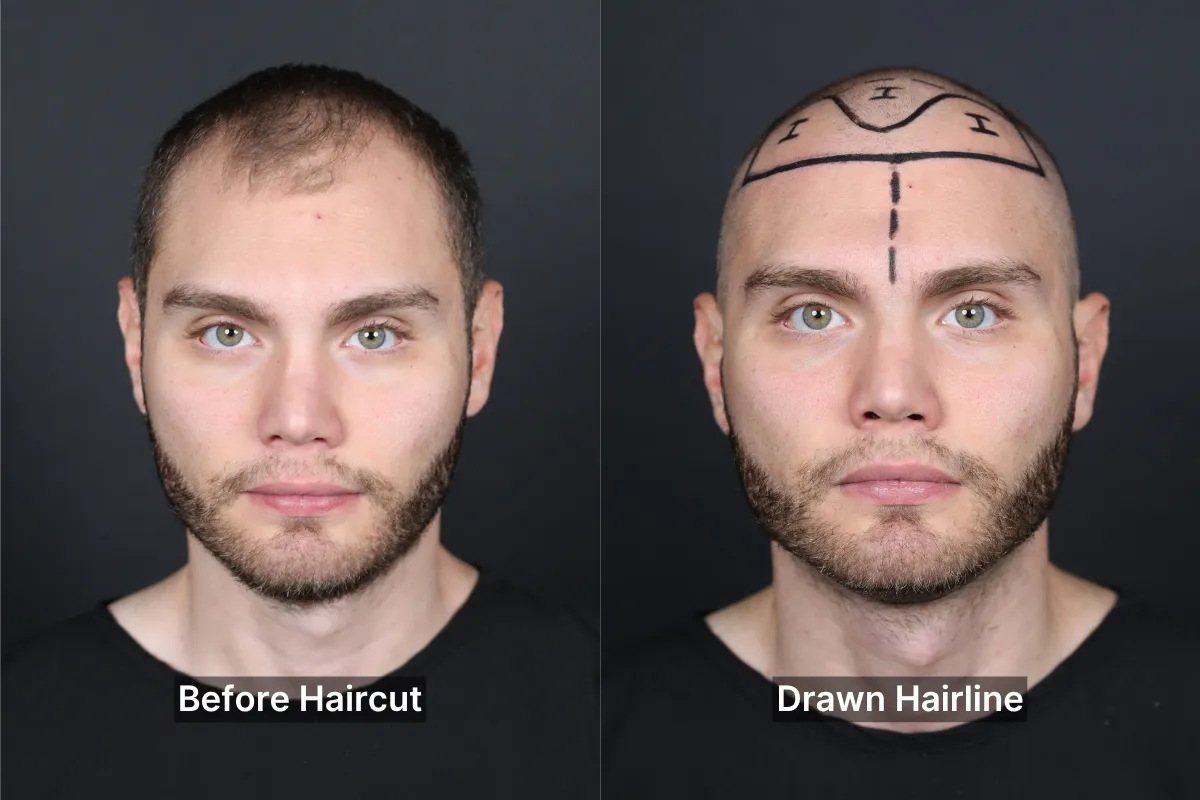
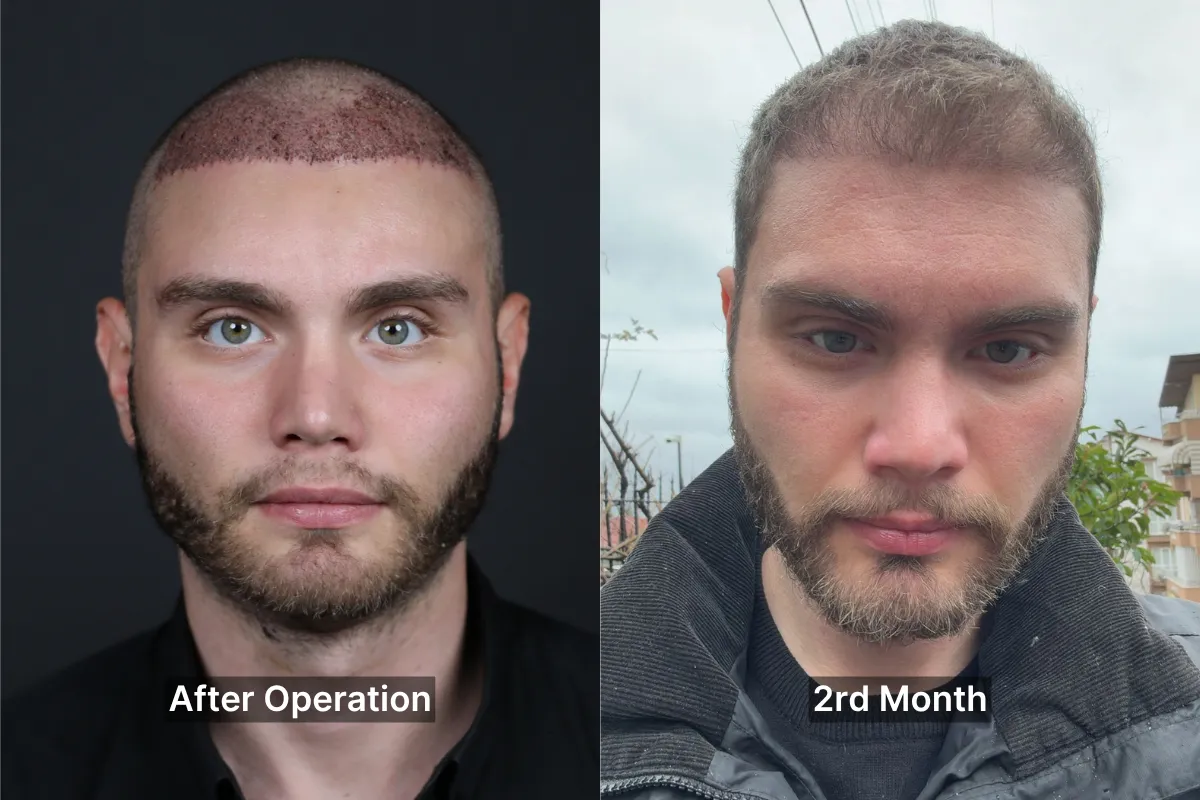
4 - 6 Months - Increased Hair Density
60% of the results are visible within six months. You should stay in touch with your consultant to monitor the process and obtain information about your current status with photos.
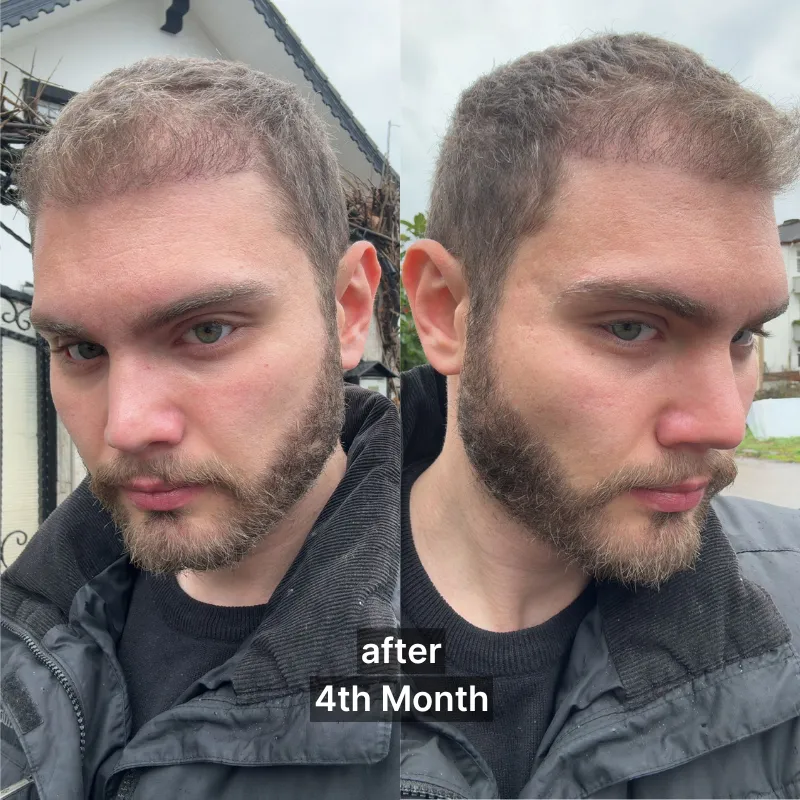
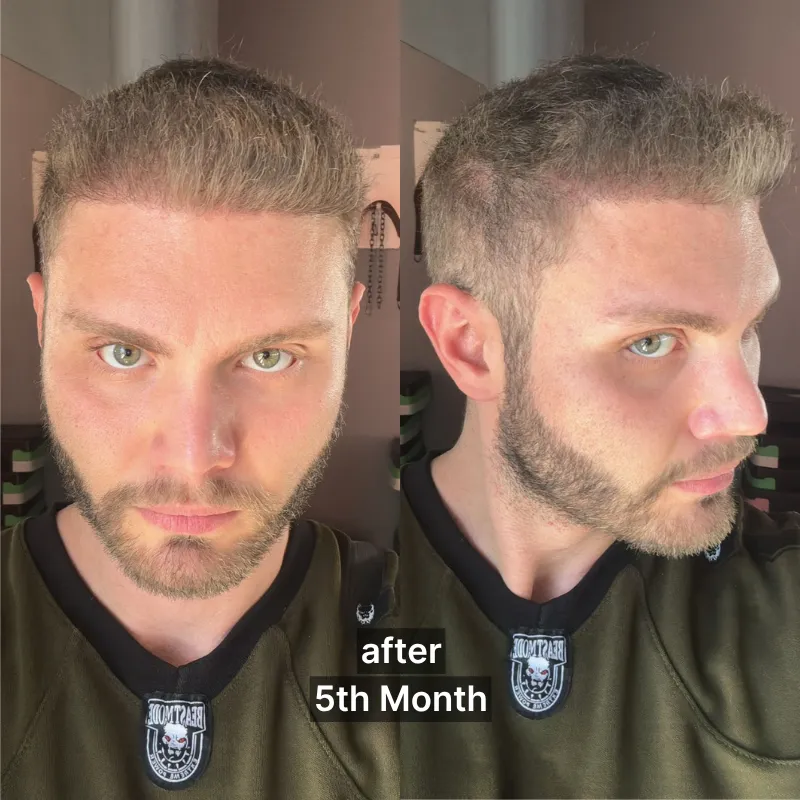
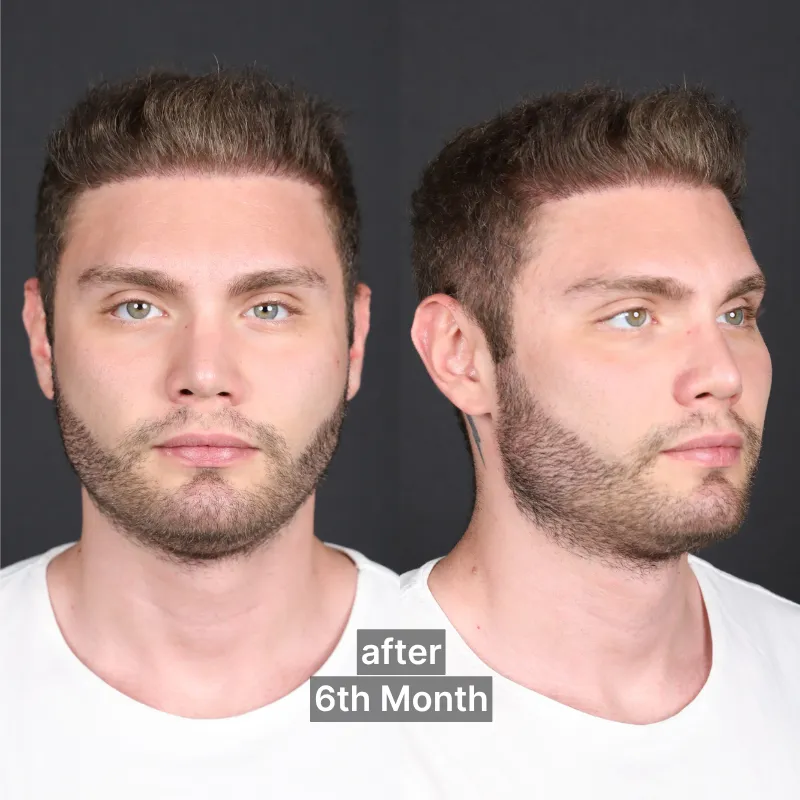
10-12 Months: Visible Endç
The results become apparent within 10-12 months after the operation. This process may vary depending on the individual's physical health and blood circulation speed.
